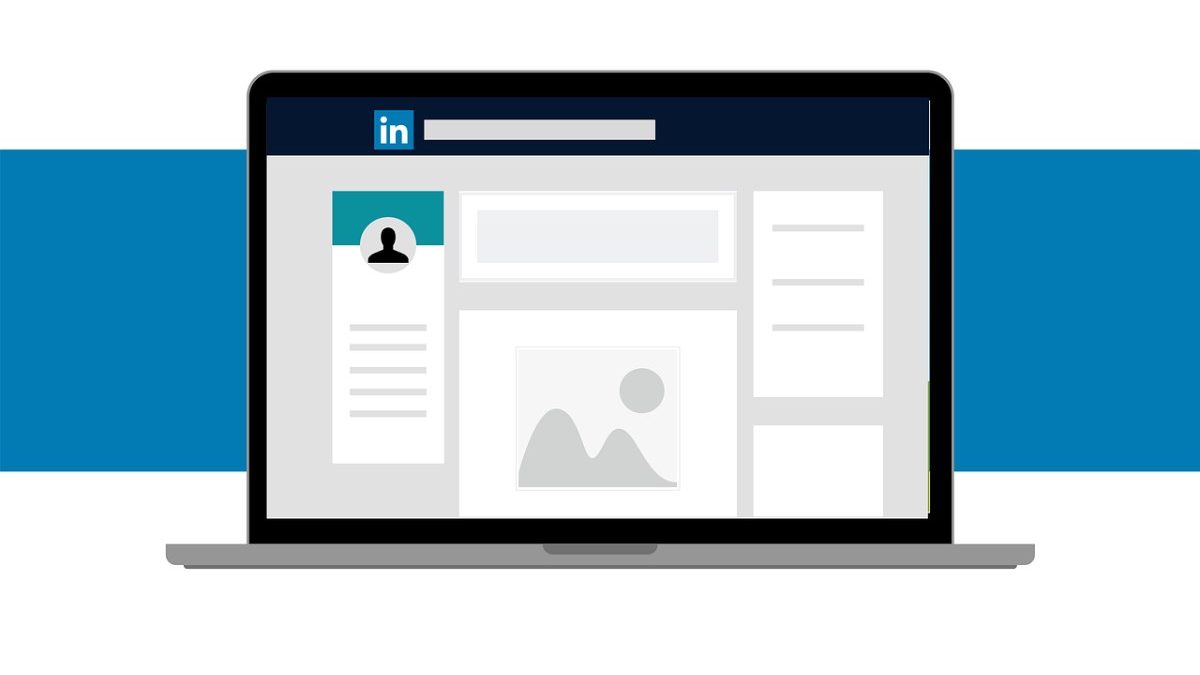LinkedIn continues to solidify its place as a critical platform for professional advertising, and the tools supporting campaigns on the platform have grown significantly in sophistication. In 2025, advertisers have access to a range of new features designed to improve targeting, streamline processes, and maximize results. These advancements make it clear that using the right tools is essential for any business aiming to succeed with LinkedIn advertising.
Table of Contents
Smarter Audience Targeting
LinkedIn’s audience targeting has always been a standout feature, but it has become even more advanced in 2025. Advertisers now have access to expanded data points, allowing them to target users based on certifications, event participation, or even nuanced career paths. These updates enable businesses to connect with their ideal audiences more effectively.
A well-chosen LinkedIn ads tool can simplify the use of these targeting enhancements, ensuring advertisers can quickly adapt campaigns to reflect new opportunities. By combining advanced targeting with real-time analytics, businesses can drive higher engagement with minimal effort.
AI-Driven Campaign Enhancements
Artificial intelligence plays a central role in modern LinkedIn advertising. Many tools now use AI to offer actionable recommendations for campaign adjustments, such as refining audience segments, optimizing bids, or testing new ad formats. This automation reduces the need for manual oversight and allows advertisers to focus on strategic decision-making.
For example, if an ad is underperforming, an AI-powered LinkedIn ads tool can analyze performance metrics and suggest updates to the creative or targeting strategy. These real-time adjustments ensure campaigns remain effective and cost-efficient throughout their duration.
Seamless Retargeting
Retargeting has always been an essential strategy for converting potential leads into paying customers. In 2025, LinkedIn provides more granular options for retargeting based on specific user actions, such as interacting with posts, visiting certain website pages, or engaging with previous ads.
By using a LinkedIn ads tool that integrates retargeting capabilities, businesses can create personalized campaigns tailored to their audience’s behaviors. This personalization improves conversion rates and ensures that advertising budgets are used effectively to nurture warm leads.
Improved Campaign Reporting
Detailed reporting is vital for understanding the success of any advertising effort. In 2025, LinkedIn’s reporting features have expanded to provide advertisers with more comprehensive insights. Performance metrics can now be segmented by audience demographics, creative formats, and engagement trends, offering a clearer picture of what’s working and where improvements are needed.
Integrating these insights with a LinkedIn ads tool allows businesses to track performance across multiple campaigns and platforms, making it easier to refine strategies and optimize future efforts. With clear, actionable data at their fingertips, advertisers can make smarter decisions to improve ROI.
Conclusion
The advancements in LinkedIn ads tools this year reflect the platform’s ongoing commitment to improving its advertising ecosystem. Enhanced targeting, AI-driven optimizations, advanced retargeting, and improved analytics are just some of the features helping businesses achieve greater success with their campaigns.
For companies looking to stay competitive, leveraging a LinkedIn ads tool is no longer optional—it’s a necessity. By adopting tools that align with their goals and taking full advantage of the latest features, businesses can ensure their LinkedIn advertising remains impactful and efficient in an ever-evolving digital landscape.
Also Read:Types Of Telecommunications Jobs

